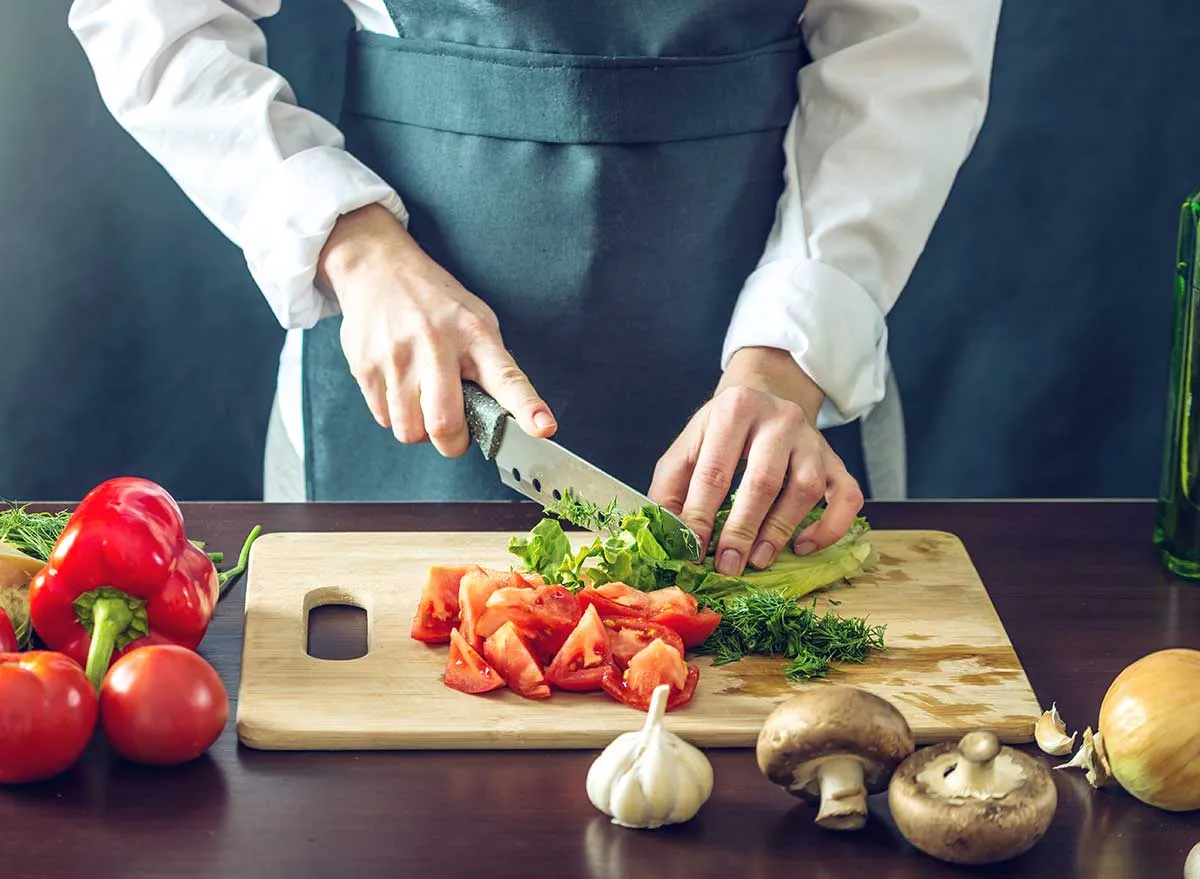When it comes to maintaining a clean and safe kitchen environment, understanding what is the primary reason for washing rinsing and sanitizing a cutting board is essential for any kitchen professional. Cutting boards are indispensable tools in the culinary world, used for various food preparation tasks. However, they can also harbor harmful bacteria if not properly cared for. In this article, we will dive into the crucial reasons for keeping your cutting boards clean, the best practices for washing, rinsing, and sanitizing them, and the technology and techniques involved in this necessary process.
Culinary experts know that cross-contamination is a major concern in any kitchen setting. When food is prepared without proper cleaning protocols, the risk of foodborne illnesses skyrockets. Therefore, washing, rinsing, and sanitizing cutting boards is not just about cleanliness; it's about safeguarding the health and well-being of those who consume the food we prepare.

The Significance of Cutting Board Hygiene
In professional kitchens, where efficiency meets health standards, the cleanliness of cutting boards is paramount. Let's explore the major reasons why:
Hygiene and Safety
The most straightforward reason to maintain cutting board hygiene is safety. Microbial life can thrive on moist surfaces, especially when those surfaces have come into contact with raw meats, vegetables, and other food items. Regularly washing and sanitizing your cutting board minimizes the risk of foodborne diseases, ensuring that the food you serve is safe to consume.
Preventing Cross-Contamination
Different food types require distinct handling methods. If you slice raw chicken on a cutting board and then use it for vegetables without washing it first, you could potentially introduce dangerous bacteria into your meals. Understanding when to clean your board is essential in a professional kitchen.
Preserving the Integrity of Food
In many cases, not only health is at stake but also the integrity of the food being prepared. Old residues from previous meals can alter flavors, making it crucial to maintain clean surfaces at all times.
Best Practices for Cleaning Cutting Boards
Now that weve established the importance let's discuss the proper methods for washing, rinsing, and sanitizing cutting boards.
Washing
Begin by removing any food particles from the cutting board. Use warm water and a mild dish soap, scrubbing with a non-abrasive sponge or cloth. The washing step is crucial as it dislodges dirt, grease, and food residues.
Rinsing
Rinse the board thoroughly with hot water to remove any soap and loosened debris. This step is essential, as lingering soap can affect the taste of the food prepared afterward.
Sanitizing
To sanitize the board, apply a suitable sanitizing solution. Popular options include diluted bleach solutions or commercial sanitizers specifically made for food contact surfaces. Be sure to let it sit on the surface for at least one minute, then rinse off with hot water. For additional insights on acceptable sanitizers, refer to this helpful guide.
Common Issues with Cutting Boards
Even with regular care, there can be challenges that arise while using cutting boards:
Bacteria Buildup
Wooden boards are particularly vulnerable if not properly maintained. The moisture retained in wood can create a breeding ground for bacteria. To combat this, keep your board dry and clean. Learn more about how to properly dry your cutting board.
Wood Warping
Prolonged exposure to water can warp wooden cutting boards. An excellent way to prevent this is consistent oiling. Hydrating your cutting board can prevent this issue.
Scratches and Grooves
Over time, knives can leave scratches and grooves that can harbor bacteria. Regular maintenance, including sanding down deep grooves, can mitigate this issue.

Conclusion
In conclusion, knowing what is the primary reason for washing rinsing and sanitizing a cutting board is fundamental for maintaining kitchen safety and hygiene. Regularly cleaning your cutting boards protects not only your health but also enhances the quality of the dishes you serve. Adapting best practices ensures a safe cooking environment for everyone.
Interested in more tips and tricks for cutting board care? Check out this resource on cutting board maintenance.
As an Amazon Associate, I earn from qualifying purchases.


























